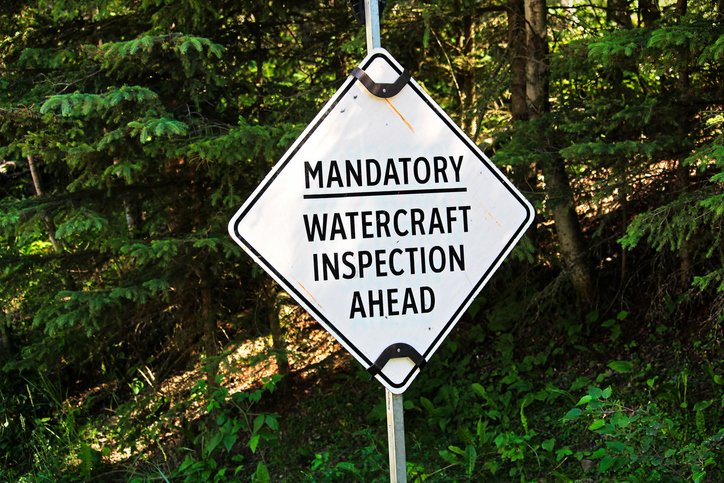Quagga & Zebra Mussels

In the serene depths of California’s picturesque water bodies lies a hidden menace, a threat not visible to the naked eye but one that could wreak havoc on the delicate balance of aquatic ecosystems. Meet the quagga and zebra mussels, two tiny yet formidable invaders that pose a significant threat to the state’s water resources. As non-native species, these aquatic hitchhikers have the potential to cause extensive ecological and economic damage, making their presence a matter of grave concern for conservationists and policymakers alike.
Innocent Appearance, Sinister Consequences
On the surface, quagga and zebra mussels may seem innocuous, with their small size and unassuming appearance. However, their impact can be devastating. Originating from the freshwater lakes of Eastern Europe, these invasive species found their way into North American waters through ballast water discharge and accidental transport by recreational boats. Once introduced into a new environment, they multiply rapidly, forming dense colonies that can cover vast areas of lakebeds, riverbanks, and infrastructure.
Ecological Disruption
The ecological consequences of quagga and zebra mussel infestations are profound. These filter-feeding mollusks consume microscopic plankton, thereby disrupting the food chain and depriving native species of essential nutrients. This depletion of plankton can have cascading effects, leading to declines in fish populations, altered water quality, and diminished biodiversity. Moreover, their ability to attach to surfaces such as rocks, boats, and pipes facilitates their spread, exacerbating the problem and making eradication efforts challenging.
Economic Implications
Beyond their ecological impact, quagga and zebra mussels also take a heavy toll on the economy. Infestations can clog water intake pipes, filtration systems, and hydroelectric infrastructure, resulting in increased maintenance costs and operational disruptions for water utilities and power plants. Moreover, the fouling of boat hulls and motors by mussel encrustations necessitates costly cleaning and decontamination measures, imposing financial burdens on recreational boaters and marine industries. Invasive mussel infestations can also impact tourism and recreational activities, as affected water bodies may become less appealing for swimming, boating, and fishing.
The California Conundrum
While quagga and zebra mussels have already established footholds in several states across the U.S., including neighboring Nevada and Arizona, California has thus far managed to stave off widespread infestations. However, the state’s extensive network of interconnected waterways, including the Sacramento-San Joaquin Delta and the Colorado River, presents ample opportunities for these invaders to gain entry and proliferate. Moreover, the recent drought conditions and dwindling water levels in many reservoirs may exacerbate the risk of mussel colonization, as reduced flow rates and increased water temperatures create favorable conditions for their spread.
Mitigation and Prevention
Preventing the introduction and spread of quagga and zebra mussels is paramount to safeguarding California’s water resources. Vigilant monitoring and early detection efforts can help identify incipient infestations and enable prompt response actions, such as targeted chemical treatments and mechanical removal. Strict biosecurity measures, including boat inspections, decontamination protocols, and public education campaigns, are essential to minimize the risk of mussel introduction via recreational watercraft and equipment. Additionally, ongoing research into innovative control methods, such as the use of biological agents and genetic manipulation, holds promise for managing established mussel populations and preventing future incursions.
A Call to Action
The threat posed by quagga and zebra mussels to California’s waterways is not to be underestimated. As stewards of our natural resources, it is incumbent upon us to remain vigilant and proactive in our efforts to combat invasive species and protect the ecological integrity of our aquatic ecosystems. By raising awareness, implementing robust prevention measures, and fostering collaboration among stakeholders, we can mitigate the spread of these aquatic invaders and ensure a sustainable future for California’s waterways. The time to act is now, lest we allow these silent invaders to wreak havoc on the pristine landscapes we hold dear.








